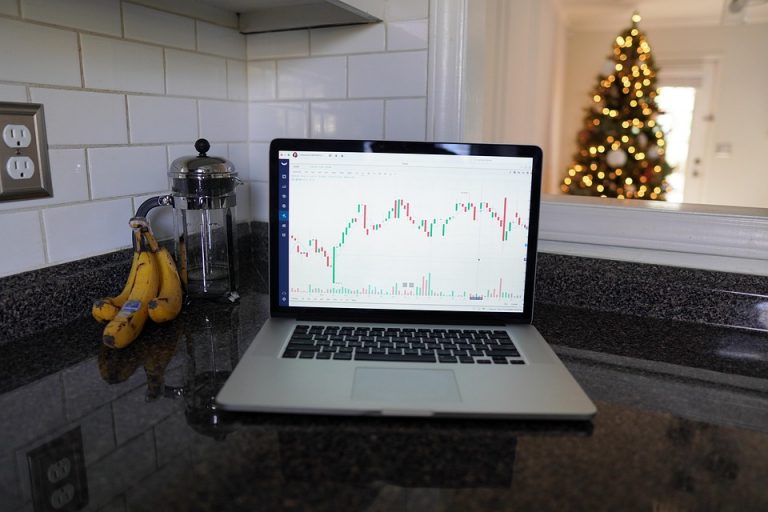Have you ever wondered why some investors seem to effortlessly rake in cash through dividend stocks while others struggle? Here’s a surprising fact: according to a report by the National Bureau of Economic Research, nearly 40% of stock market returns over the last century have come from dividends alone. In other words, dividends aren’t just a nice bonus—they’re a substantial part of your investment income. So, how can you harness that power? Let’s dive into five actionable strategies to maximize your dividend income today.
Contents
1. Focus on Dividend Growth Stocks
What Are They?
Dividend growth stocks are companies that not only pay dividends but also regularly increase them. Think of companies like Coca-Cola or Johnson & Johnson. These firms have a long history of raising their dividends annually, which can lead to a snowball effect on your returns over time.
Why Choose Dividend Growth Stocks?
- Inflation Hedge: As inflation rises, so do the dividends, which can help maintain your purchasing power.
- Compounding Returns: Reinvesting those growing dividends can significantly amplify your total returns.
Caveats
Of course, not all dividend growth stocks are created equal. Some companies may have unsustainable payout ratios, meaning they’re paying out more in dividends than they’re earning. Always check the company’s financial health and dividend payout ratio before investing.
Example
Take Procter & Gamble (P&G). Over the last 60 years, it has consistently increased its dividends. If you had invested $10,000 in P&G 20 years ago, your investment would have grown significantly, thanks to both capital appreciation and reinvested dividends.
2. Diversify Across Sectors
Why Diversification Matters
Investing in a variety of sectors—like technology, healthcare, and consumer goods—can reduce risk. If one sector underperforms, others can help cushion your portfolio.
How to Do It
Consider investing in dividend-paying ETFs (Exchange-Traded Funds) like Vanguard Dividend Appreciation ETF (VIG) or iShares Select Dividend ETF (DVY). These funds provide built-in diversification across multiple companies and sectors, making it easier to manage risks.
Limitations
While diversification can reduce risk, it may also dilute potential returns. If you spread your investments too thin, you might miss out on significant gains from a single outperforming stock.
Noteworthy Mention
According to a 2021 report from Morningstar, diversified portfolios have historically shown resilience during market downturns, making them a safer bet for dividend investors.
3. Reinvest Your Dividends
The Power of Compounding
Reinvesting dividends can lead to exponential growth in your investment. Many brokerage firms offer Dividend Reinvestment Plans (DRIPs) that allow you to automatically reinvest dividends to purchase more shares.
Example of Compounding
Let’s say you invest $10,000 in a stock that pays a 4% dividend yield. If you reinvest those dividends, you could potentially turn that initial investment into nearly $20,000 in just ten years, assuming consistent growth and reinvestment.
Caveats
While reinvesting dividends is generally a smart move, there are times when you might want to take the cash instead. For example, if you need income for living expenses or if you find a more attractive investment opportunity, consider cashing out.
4. Stay Informed on Dividend Policies
Why It Matters
Companies can change their dividend policies based on their financial health. Staying updated on news and earnings reports can help you make informed decisions about your investments.
How to Keep Track
Set up alerts for companies you’re invested in or consider using financial news platforms like Yahoo Finance or Bloomberg. Follow their earnings reports closely to gauge whether a company is likely to raise, maintain, or cut its dividend.
Risks
Sometimes, companies that seem stable can still cut dividends due to unforeseen circumstances, like economic downturns or industry disruptions. For instance, during the COVID-19 pandemic, many companies suspended or cut their dividends, impacting investors relying on that income.
5. Utilize Tax-Advantaged Accounts
The Benefits of Tax-Advantaged Accounts
Investing in dividend-paying stocks through tax-advantaged accounts like Roth IRAs or 401(k)s can provide significant tax benefits. In these accounts, dividends can grow tax-free, allowing you to maximize your income.
Considerations
While tax-advantaged accounts are beneficial, there are contribution limits and withdrawal restrictions. Make sure to understand the rules governing these accounts to avoid penalties.
Real-Life Application
For instance, if you invest in a Roth IRA and hold dividend-paying stocks, you won’t owe taxes on the dividends or capital gains when you withdraw funds in retirement. This can significantly enhance your long-term wealth.
FAQs
Q1: How often do companies pay dividends?
Most companies pay dividends quarterly, but some may pay monthly or annually. Always check the company’s dividend schedule.
Q2: What is a good dividend yield?
A good dividend yield varies by industry, but generally, a yield of 3-5% is considered attractive. High yields can be enticing, but they may also indicate risk.
Q3: Can I live off dividends?
Yes, some investors do live off dividends, but it requires a substantial investment and careful planning. Aim for a diversified portfolio of dividend-paying stocks.
Q4: How do I find high-quality dividend stocks?
Look for companies with a strong history of dividend payments, low payout ratios, and solid financial health. Tools like Yahoo Finance or Morningstar can help.
Conclusion
Maximizing your dividend income isn’t just about picking the right stocks; it’s about a holistic strategy that encompasses growth, diversification, and informed decision-making. Whether you choose to reinvest dividends or utilize tax-advantaged accounts, the goal remains the same: to build a sustainable income stream that can weather market fluctuations.
As you embark on this journey, remember that investing is a marathon, not a sprint. Research is ongoing, and while results are promising, it’s crucial to remain adaptable in your strategies. Keep learning, stay informed, and watch your dividend income flourish.








